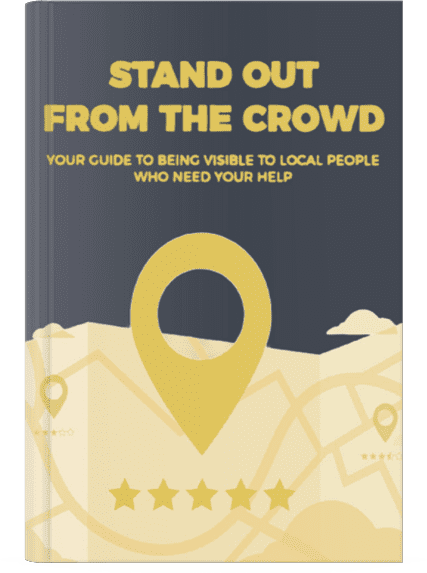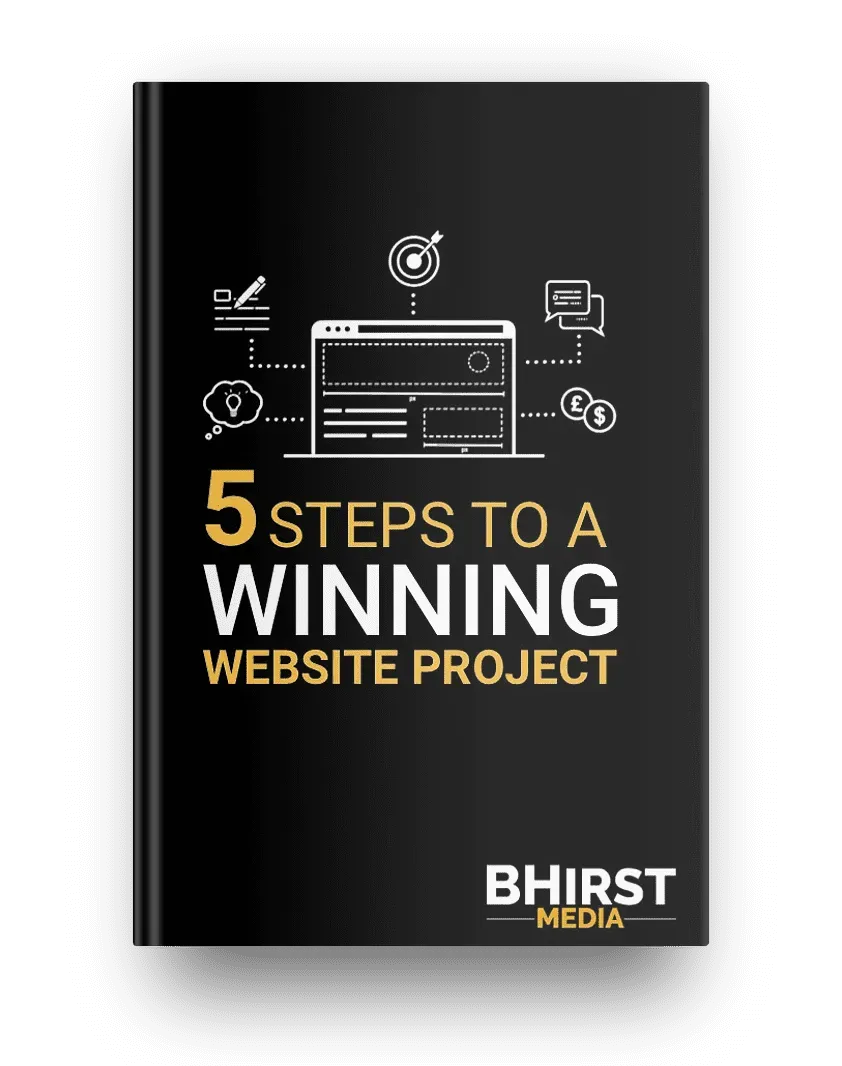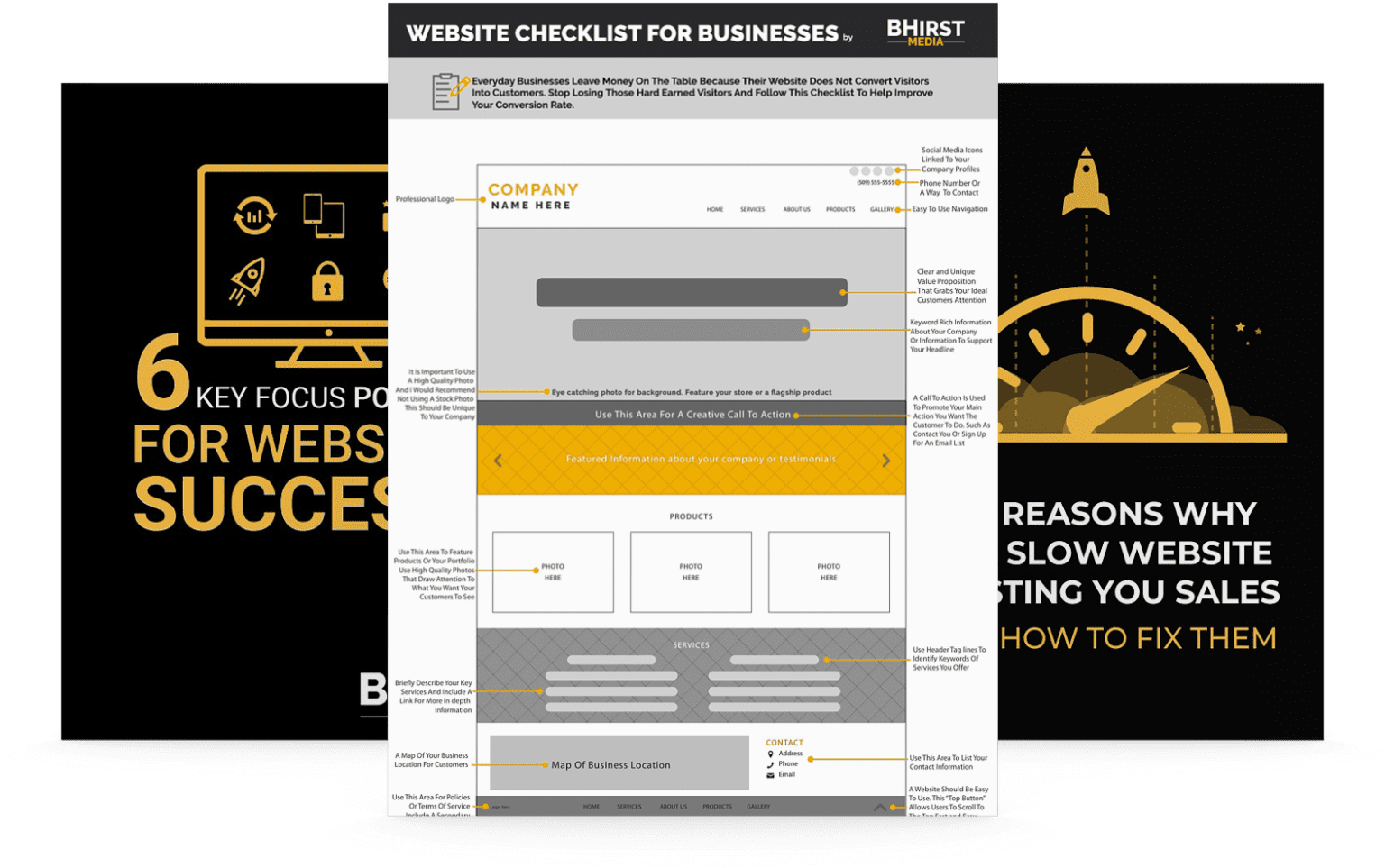
When a visitor arrives at your website, they are usually looking for something specific or have a certain goal in mind. It is your job to capture the website vistor’s attention and engage them in a way that keeps them interested in what you have to offer. However, you only have a few seconds to do this before the visitor gives up and decides to leave to search elsewhere. It’s crucial to make a strong first impression so you don’t lose out on potential customers and conversions.
Your website could be a treasure trove of value for any visiting user. You could be offering the exact product, service, or information that they have been dreaming of. But if they don’t stick around long enough to find it, you’re both out of luck. Use these simple tips to boost the time users spend on your website and reap the benefits.
Too many website owners put all their energy into the “what” of the website, trying to stuff it full of as much content as they can. However, the “how” of your site is just as important.
One way to keep website visitors on the site for longer than just a few seconds is to design the website in a way that invites exploration and makes it easy for visitors to find what they are looking for. This includes having a clear and intuitive navigation, visually appealing design, and relevant and useful content.
The interface needs to be as user-friendly as possible, and that means minimal buffering, obvious buttons, and a general lack of elements that will make users scratch their heads in confusion. For example, a lead who gets stuck right at the checkout phase and exits your site in frustration is a customer you’ve lost right before the finish line. Their journey with your site from start to finish should flow nicely from step to step and leave them with a pleasant impression.
To really connect with your visitor, it’s essential to show that you understand the problem they are facing and can relate to their experience. This helps to build trust and credibility, as well as making your content more relatable and engaging. There are several ways you can do this:
1. Answer their questions: Make sure you address any questions or concerns your reader may have about the problem they are experiencing. This helps to demonstrate that you are knowledgeable and able to provide helpful information.
2. Share stories: Personal anecdotes and examples can be very effective in helping your reader feel understood and connected to your content. Share stories about how you or your customers have successfully dealt with similar challenges. This helps to show that you have firsthand experience and can provide practical solutions.
3. Use relatable language: Use language and terminology that your reader can understand and relate to. Avoid jargon or technical language that may be confusing or off-putting. Pretend you’re chatting with your reader and use “you” instead of “I” or “we” to make them feel like part of the story.

Internal linking, or linking to other pages within your own website, is important for a few reasons.
First, it helps to improve user experience. When you’re sharing information about a subject, it’s likely that you have additional relevant information available on your site. By using internal links, you can help your reader find this additional content, which can be extremely valuable and convenient to them. This helps to keep your readers engaged and on your site for longer periods of time, as they can easily navigate to related content that interests them.
In addition to improving the user experience, internal linking is also beneficial for SEO (search engine optimization). When you link to other pages on your site, you’re effectively telling search engines that the linked pages are important and relevant to the content on the page you’re linking from. This can help to improve the ranking of those pages in search results, as they will be seen as more authoritative to the topic.
Scrolling is an essential part of any internet interaction, but sifting through endless pages of info to find what you’re looking for is never a fun time. You probably already know the type of questions your audience is seeking out answers to. Industry-relevant questions like:
What are the best running shoes for icy conditions?
It’s important that the answer to your visitor’s question is clearly visible on the page without the need to scroll, as this helps the user quickly confirm that they have found a useful and relevant resource. This shows them they’re in the right place and makes them more likely to stick around longer. For this reason, it is absolutely vital to put your most pressing answers “above the fold”.
As they say, a picture is worth a thousand words. And in a world of increasingly short digital attention spans, use media where you can to cut down on the walls of text your users need to read. By adding context through images or demonstrating a feature through a video, you can help to better illustrate the message you are trying to convey. This can make it more interesting and engaging for readers, and can also help to improve the overall user experience on your website.

Audio can also be a powerful tool for making longer messages more palatable and accessible. You could include an audio version of a blog post or podcast episode, or you could use audio to provide additional information or insights on a particular topic.
If you want to generate more leads and make more sales, one of the easiest things you can do is get people to spend more time on your website. It’s hard to sell anything to someone who only stays for a few seconds.
You can’t afford to skimp out when it comes to this integral part of your site – especially as commerce continues to move online. If you need help crafting a website that will increase your conversions, drive up traffic, and wow your visitors, reach out to the expert team at BHirst Media. We offer full-service website care plans and support that provide the internet solutions you’ve been dreaming of.
